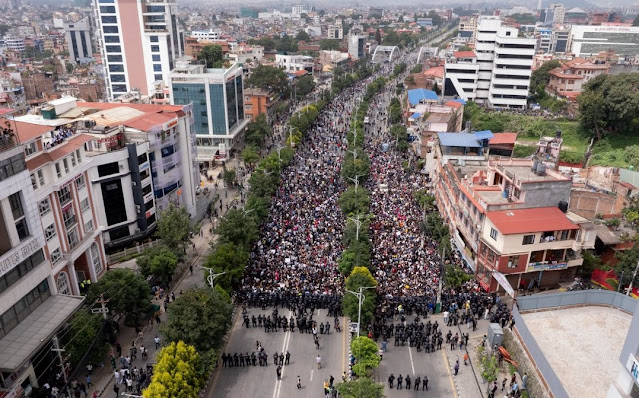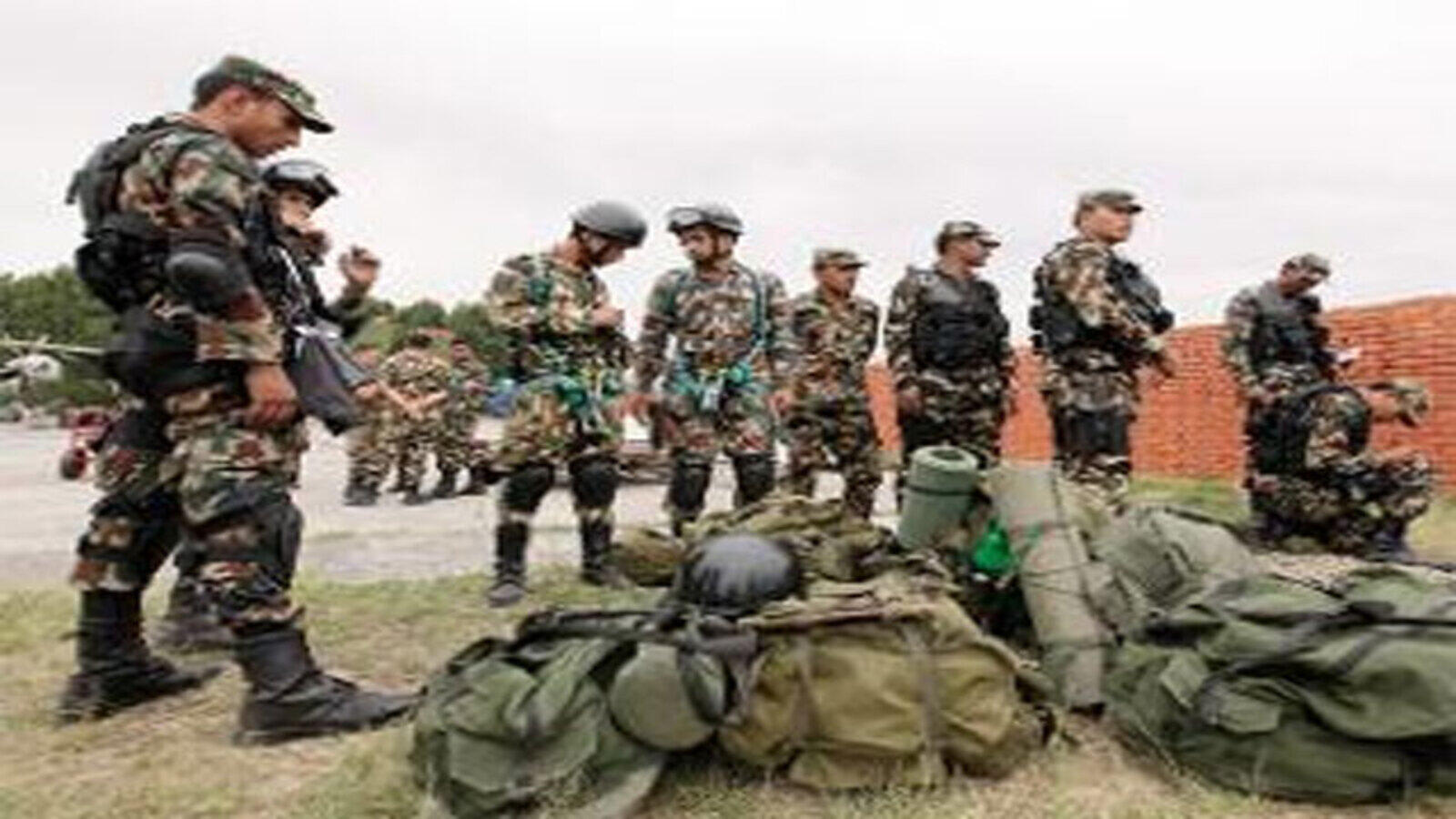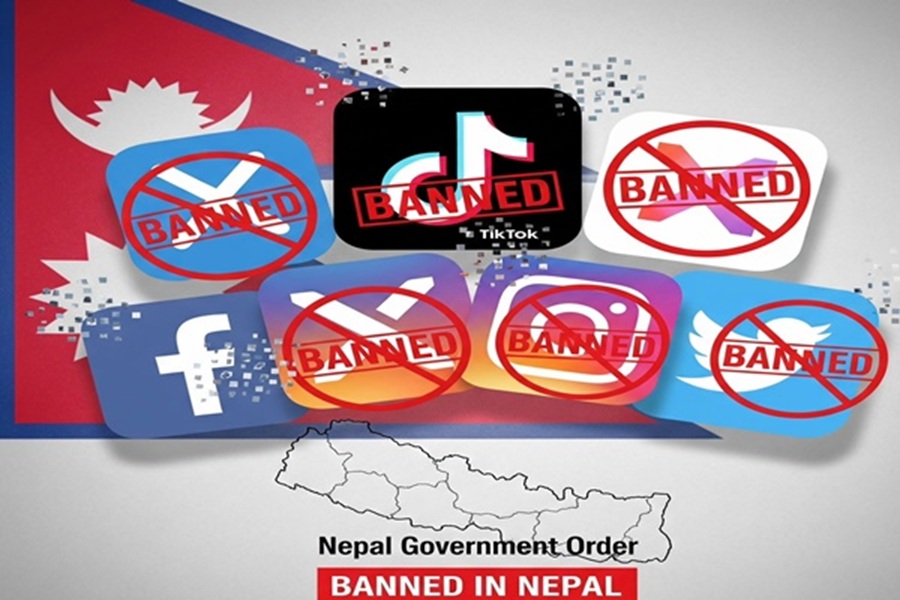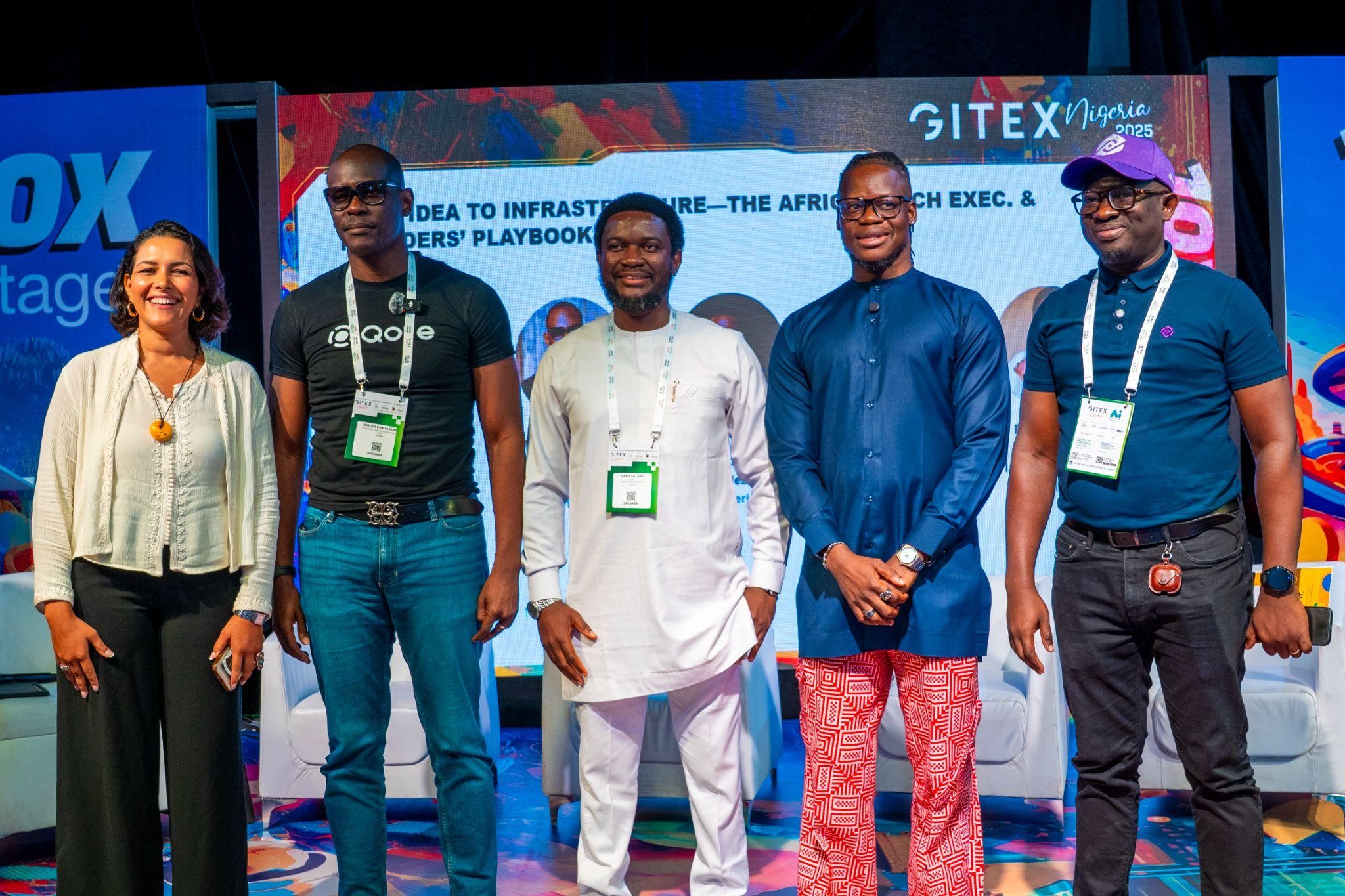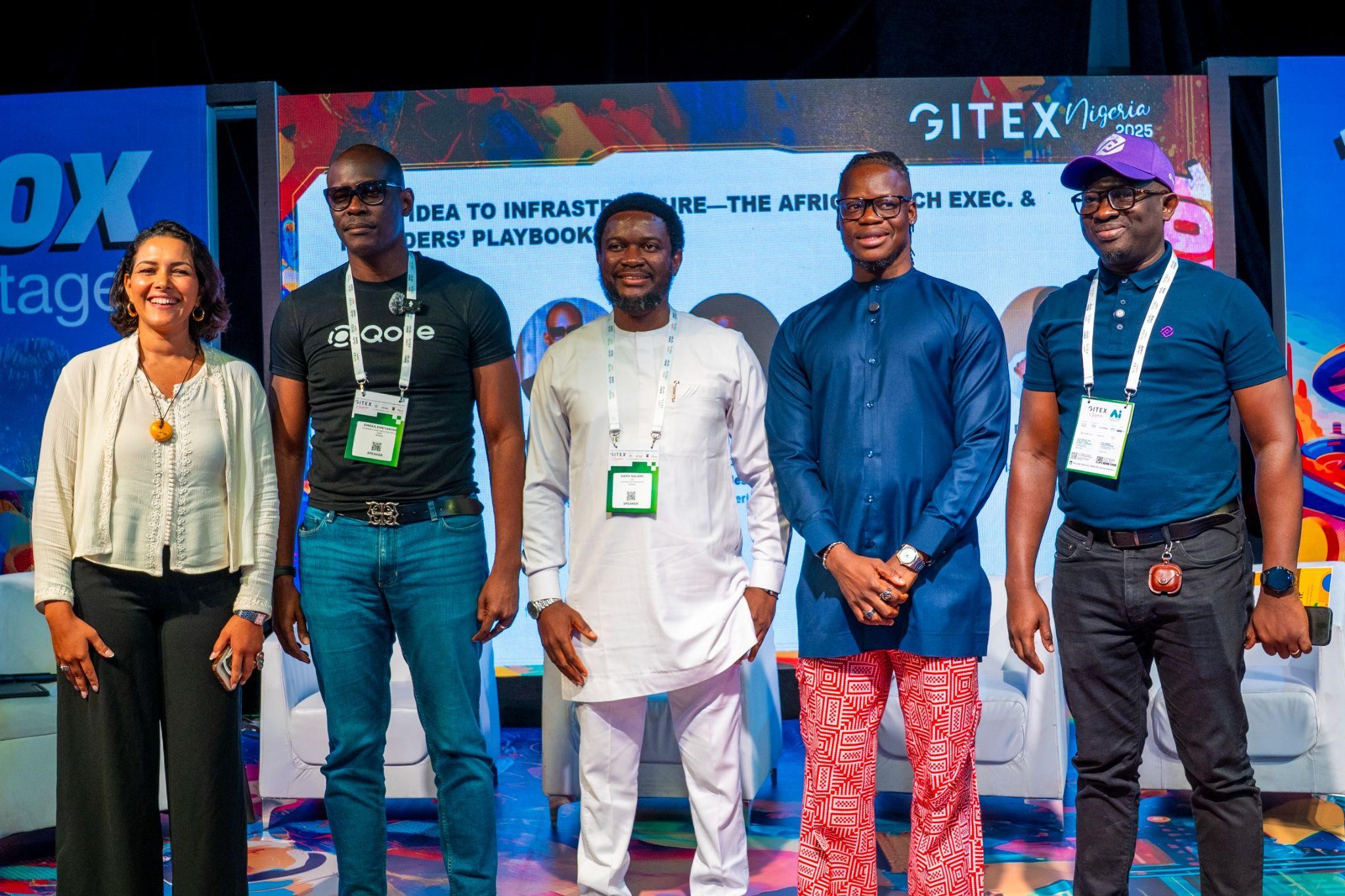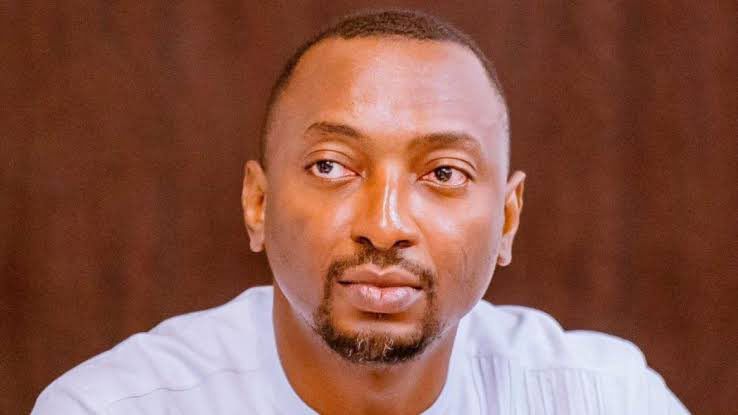By late evening, access to major social networks—temporarily suspended amid the turmoil—was restored. But the resumption of services did little to calm the fury. Protests that began in Kathmandu rapidly spread to other cities, including Pokhara, Butwal, Bhairahawa, and Itahari, forcing authorities in multiple districts to impose curfews and mobilise both police and army units to contain the violence.
 |
| Injured Dipendra Dhungana |
The epicenter of the uprising was the Parliament building in New Baneshwar, Kathmandu, where thousands of young demonstrators broke through barbed wire and police barricades before storming the premises. It marked the first time in Nepal’s parliamentary history that protesters entered the legislature compound. Once inside, clashes erupted, with security forces using tear gas, rubber bullets, water cannons, and eventually live fire. Protesters retaliated with makeshift weapons, tree branches, and water bottles, while some vandalised the Parliament gates and set fires.
The protest, driven by Generation Z youth under the banners #NepoKids and #FinalRevolution, was triggered by the Oli government’s September 3 decision to block 26 social media platforms—including Facebook, Instagram, WhatsApp, and YouTube—for failing to register locally. Only a handful, like TikTok and Viber, had complied. Officials justified the move as a matter of sovereignty and cybercrime prevention, but critics saw it as an assault on free expression and a shield for entrenched corruption.
The sudden blackout outraged millions of Nepalis, particularly the 7.5 percent of the population living abroad, who rely on online platforms to communicate with families back home. Viral campaigns on TikTok and Reddit contrasted the lavish lifestyles of politicians’ children with the economic hardships faced by ordinary citizens, sparking a wave of anger that spilled onto the streets on September 8.
Waving national flags and chanting “Stop corruption, not social media,” over 12,000 protesters marched from Maitighar Mandala to Parliament, igniting a confrontation that left hospitals in Kathmandu overwhelmed. At least six deaths were confirmed at the National Trauma Center, with others reported at Bir Hospital, Civil Hospital, and KMC Hospital.
The uprising has now spread nationwide, prompting India to heighten security along the border. The Oli government, while insisting the social media ban defends national dignity, is under mounting pressure as youth-driven dissent gains strength. With the Parliament breached, social networks reinstated, and protests escalating across multiple cities, Nepal faces its gravest domestic crisis since the end of monarchy—one fuelled not only by digital restrictions but by a generational demand for transparency, accountability, and systemic change.
The day began with heavy clashes in the capital but soon spiraled nationwide. Protests erupted in Pokhara, Butwal, Bhairahawa, and Itahari, forcing curfews and army deployment across multiple districts. Authorities also issued shoot-at-sight orders in parts of Kathmandu after demonstrators stormed Parliament premises—a first in the country’s history.
Protesters said the ban, imposed on September 3 after 26 platforms failed to register locally, was just the latest example of corruption and authoritarianism under Prime Minister KP Sharma Oli’s government.
The protests, largely led by Generation Z—youths between 18 and 30—were ignited by viral campaigns on TikTok and Reddit, where hashtags like #NepoKids and #FinalRevolution exposed sharp inequalities. It is supported by the union of journalists “Nepal Patrakar Mahasangh” and film celebrities. Images of politicians’ children flaunting luxury lifestyles were contrasted with the struggles of ordinary Nepalis, many of whom migrate abroad for work. With youth unemployment near 20 percent and remittances accounting for a third of GDP, frustration erupted into a historic show of defiance.
Hospitals across the capital were inundated with casualties, including Bir Hospital, Civil Hospital, and the National Trauma Center. Six deaths were confirmed at the Trauma Center alone. Witnesses described scenes of chaos, with students in uniforms among those carried away on stretchers.
The violence has reverberated beyond Kathmandu. District administrations in multiple provinces have declared prohibitory orders, while India has stepped up security along its border with Nepal.
Prime Minister Oli defended the government’s actions, saying foreign platforms were profiting from Nepalis without respecting national laws. But critics argue the blackout was a pretext to silence dissent and shield political elites from scrutiny.
The leaderless uprising, already dubbed “Nepal’s Final Revolution” by demonstrators, continues to gather momentum. With social networks now back online, online campaigns are amplifying the unrest rather than calming it—fueling fears that the protests, far from subsiding, are only entering a more volatile phase.





